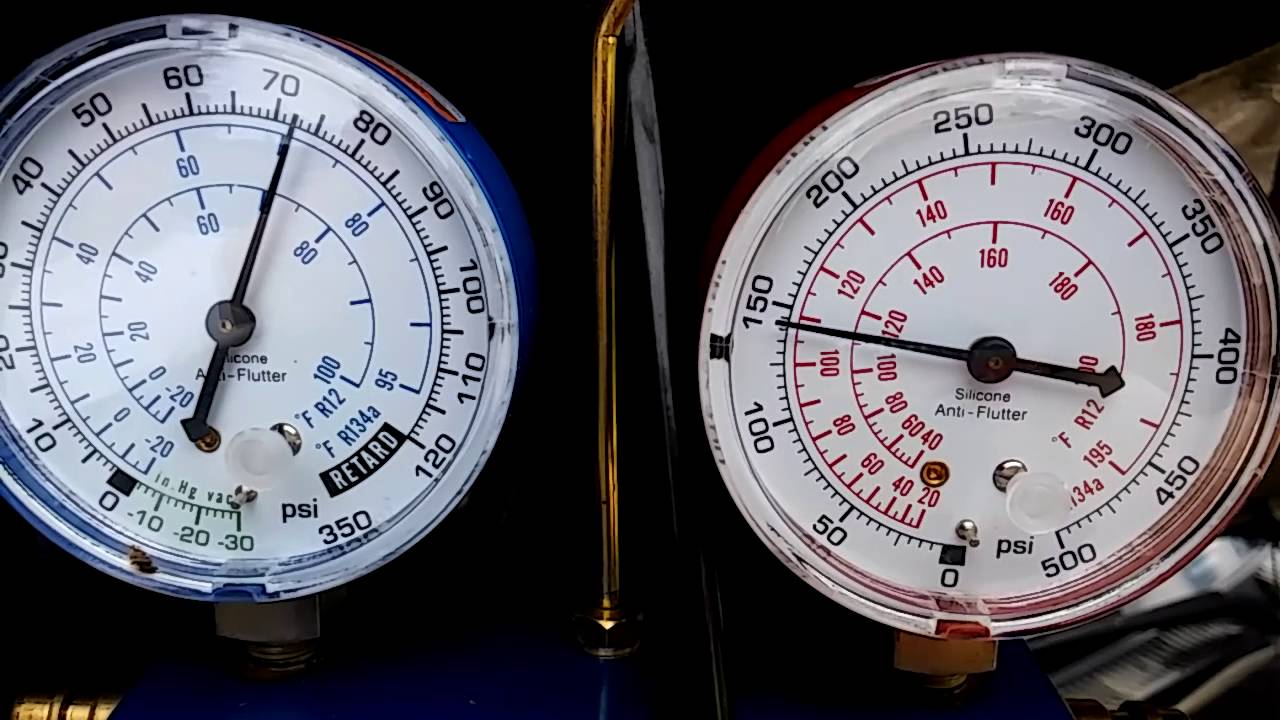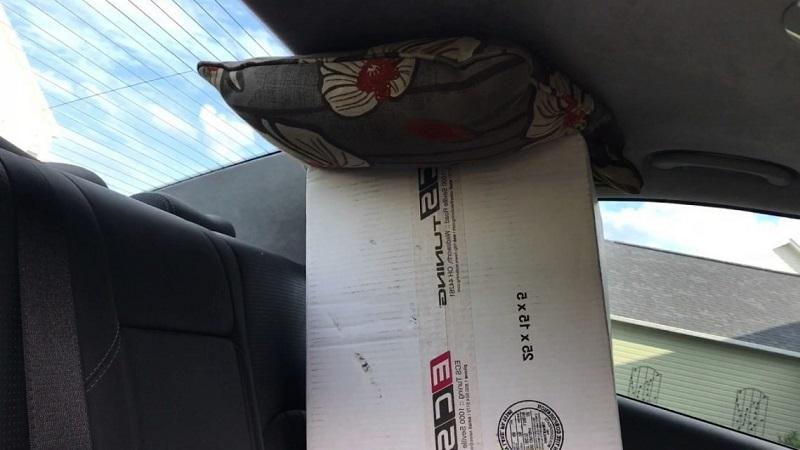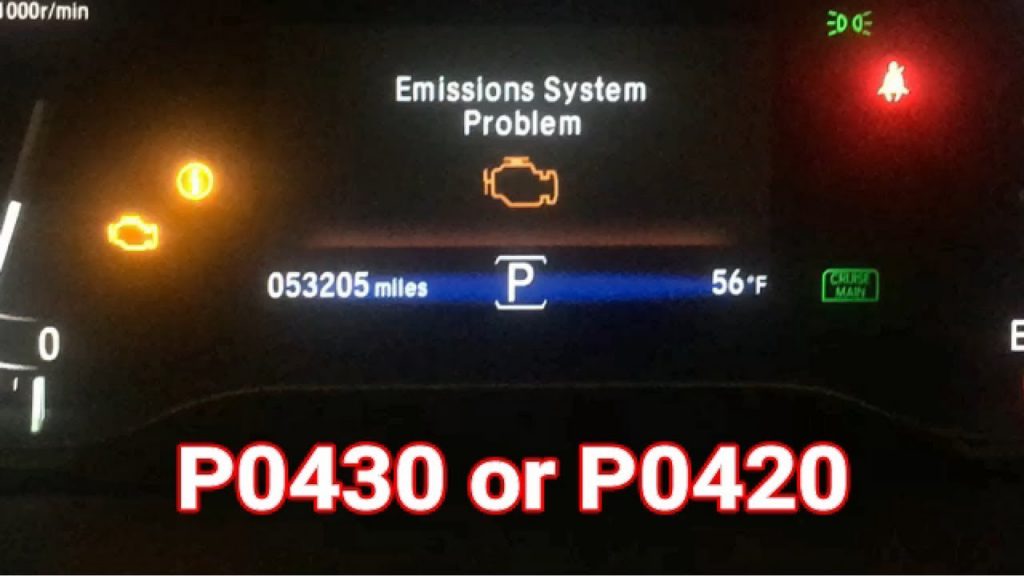Blue Smoke From Exhaust: Common Causes And How To Fix!
To make everything easier for you, in this article, we are going to show you what blue smoke is, why you see blue smoke from exhaust, as well as the effective ways to fix it.
Blue smoke coming out of exhaust is a warning signal that you can not ignore. It is never a good signal and can indicate several problems. But if you spot it early, know what to do, and act on it, these problems can be fixed.
Are you ready? Let’s roll up our sleeves and start now!
What Does Blue Smoke From Exhaust Mean?
Blue smoke is a clear sign telling your car engine is burning oil. What happens is that the piston rings or the valve guide seals or other components of the engine are worn or broken, causing oil leaking.
The oil will flow into the combustion chamber, then it is being burnt together with the fuel, creating blue smoke. It also creates an awkward smell and is not good for your health to breathe in.
Blue Smoke From Exhaust: Main Causes
There are a number of reasons responsible for blue smoke coming out of exhaust. In this article, we divide these reasons into 2 groups: blue smoke exhaust when starting and blue smoke from exhaust when accelerating.
What Makes Blue Smoke From Exhaust When Starting?

Lots of Blue Smoke When Starting Cars (not Diesel): Bad Valve Seals
If you see blue smoke coming out of the exhaust after you have parked your car for a while and the engine is not a diesel, the probable culprit is bad valve seals.
Each engine has valves that open and close. These valves are manufactured to open mechanically by pressure from a Rocker Arm. They let air and gasoline come into the engine. After the combination of air and gasoline has been burnt, they also let the exhaust gas out of the engine.
Oil is used to cover the top of the valves where the rocker’s arm applies pressure. There are valve seals to prevent this oil from flowing into the engine. If these valves are worn or broken, the oil will come into the engine, then burnt along with the air and gasoline, causing blue smoke.
Blue Smoke Occurs When Starting A Diesel Car: Damaged Glow Plug
When starting up a diesel engine, we need to use a glow plug to cause the ignition of diesel fuel. Once the engine is warmed up, the use of the glow plug is not necessary as the heat of the engine ignites diesel fuel.
If a diesel engine has a bad glow plug, it will create blue smoke at startup until it has warmed up.
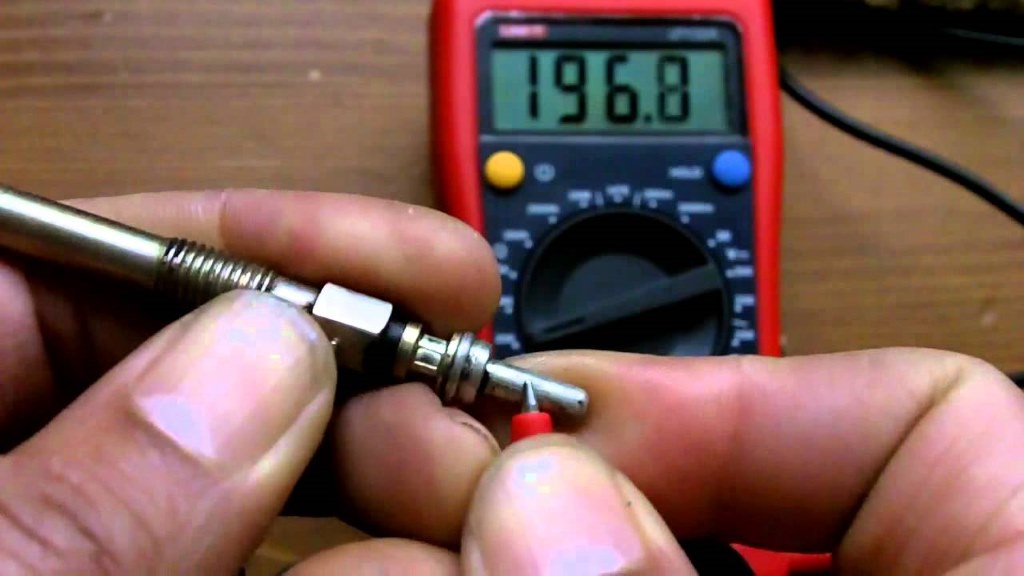
What Makes Blue Smoke Exhaust When Accelerating?
Stuck PVC Valve
If you observe blue smoke appearing in your car all the time, PCV (Positive Crankcase Ventilation) Valve will be the first thing you should check.
The function of the PCV valve is to release the pressure (which builds up in the Oil Pan) into the Intake Manifold (where the engine gets its air for running). The intake Manifold is linked to the Air Filter of your engine too.
So if the PCV valve gets stuck, it will keep mixing the oil with air and other gasses inside the engine. The combustion of this mixture will cause blue smoke.
Worn Engine
Worn engine is another culprit responsible for the blue smoke from exhaust issue.
Each engine has pistons which move up and down a cylinder. Each piston has metal rings round its side like bracelets. The function of these rings is to help the piston to form a tight seal against the cylinder.
So if the ring or cylinder is worn out, oil from below the piston will come up. Then the oil gets mixed with the air and gasoline and gets burnt, causing the blue smoke.
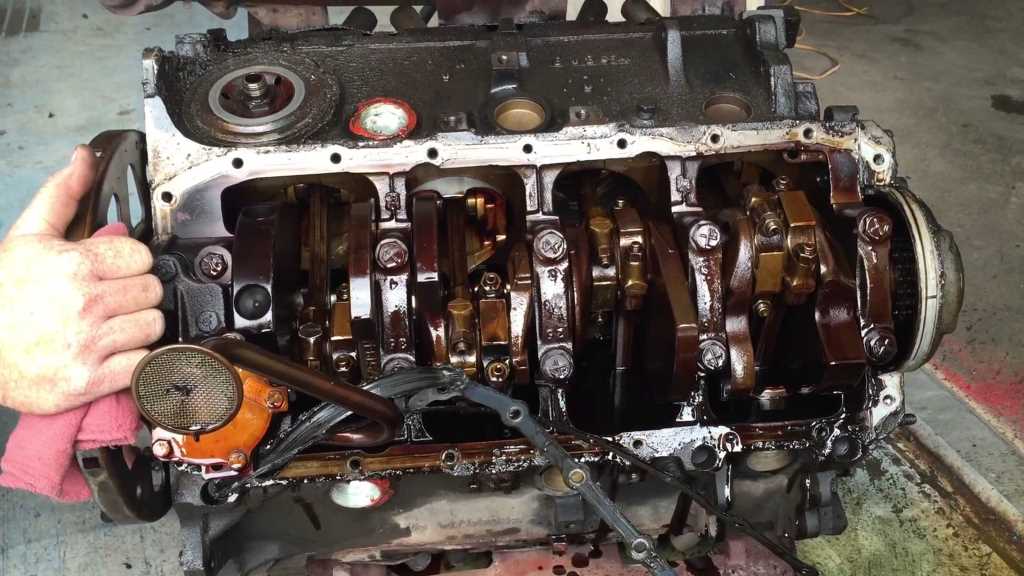
Blown Turbo
A blown turbo is a probable reason for causing blue smoke from tailpipe of turbo cars. Blue smoke will suddenly appear in a big cloud if your car blows a turbo.
It is either the turbo casing damaged or a broken oil seal in the turbo. In both cases, they let oil into the intake of the engine.
Transmission Fluid Loss
A modulator is used to control the transmission shift in older vehicles with vacuum-controlled automatic transmissions. If there is any problem with the modulator like failed diaphragm, it enables the engine to suck in transmission fluid.
Then these transmission fluids will be burnt like oil, creating the blue smoke coming out of exhaust.

How To Get Rid Of Blue Smoke From Exhaust?
As blue smoke coming out of exhaust can be caused by some of the reasons mentioned above. So to get rid of blue smoke, you should find the cause and fix it as soon as possible.
Here are some effective methods to fix these problems of blue smoke from car.
Clean The Engine
Poor maintenance can cause sludge accumulation inside the engine. As a direct result, oil reaches the combustion chamber and causes blue smoke, a direct result of clogged cylinder heads. The solution for this issue is however simple.
First of all, remove the valve cover and do the necessary cleaning to rid your engine of debris. Despite various types of engines, the first thing which can cause blue smoke is surely the engine.
Clean the drain back holes carefully and recheck and reassemble them. After the mending job, wait for 2 or 4 more days for the remaining oils to clean away.
Fix Valve Seals
Replacing valve seals is not too hard and can be done at home by someone who can work on engines comfortably. The big thing to bear in mind is to not drop the Valve into the engine.
So to keep the valve up, some people often use compressed air put in via the spark plug opening.
The work of changing the valve seals will be dependent on whether the engine has an overhead cam or not. If your engine has an overhead cam, it will require more work as we need to remove it to access the valve stem.
The objective is to remove springs from the valve and the rocker arm. The next things to do are lift the old valve stem, seal the valve stem and replace it with the new one. You can use some special tools to compress the valve spring and remove it out of the way.

SEE MORE:
Fix Bad Glow Plug
If your car has a glow plug, the best thing you should do is replace it with a new one.
Fix PCV Valve
Fixing PCV Valve is simple and cheap as well. To do this, you need to look for a tube that links to the Intake Manifold. Keep following the tube back until you see your PCV Valve. Then take out the old PCV Valve and replace it.
Fix Blown Turbo
It is not a good idea if you drive a car with a blown turbo. This is because bits of metal will be created due to the lack of oil in the turbo. Then these bits of metal will come into the engine and damage the engine.
So before you fix the turbo, you should investigate what damage the bad turbo can cause. If the turbo did not break into small pieces then you may be lucky. In this situation, you just need to rebuild it or replace it.
If it breaks into small pieces, you may need help from a mechanic as your engine is damaged.
Fix Transmission Modulator
To fix the transmission modulator you should locate its position, then remove it and replace it with a new one. You also need to replace the vacuum line if damaged by transmission fluid.
Check out the video from Car Throttle to see what your exhaust smoke is trying to tell you:
Helpful Information About Blue Exhaust Smoke
The appearance of blue smoke is commonly seen during the morning time when you start the engine for the first time in a day. If you don’t follow proper maintenance procedures, the blue smoke from exhaust problems is most likely to occur. So, it is the only solution to avoid such a problem.
If the engine is almost irreparable, you may either tend to rebuild the engine; or else get a completely new one. The latter is preferable because it costs the same as what it takes to rebuild the engine.
Did you enjoy our article? Anything, in particular, you may have in mind? If so, don’t hesitate to ask in the comment section.






